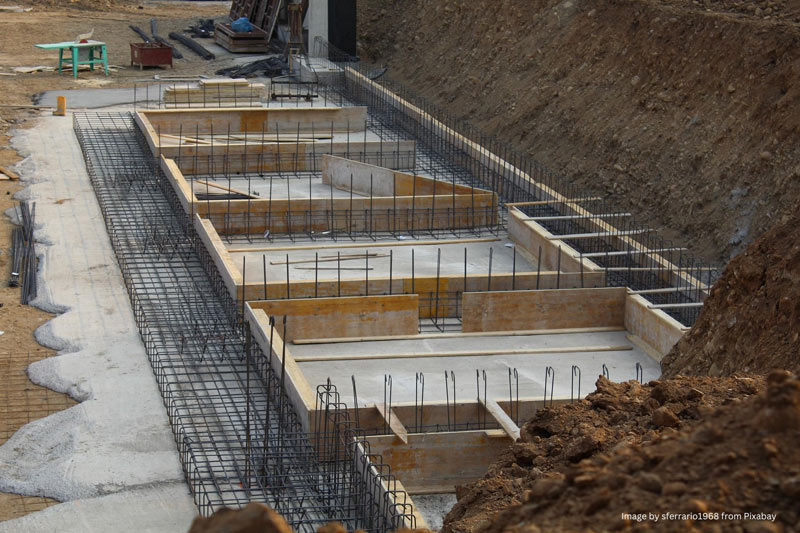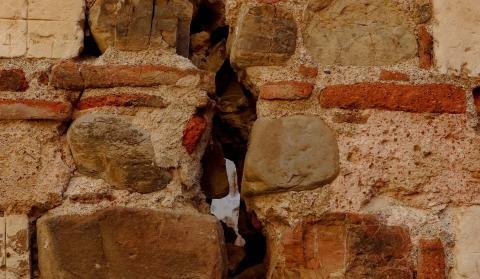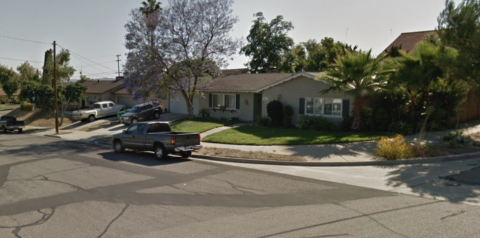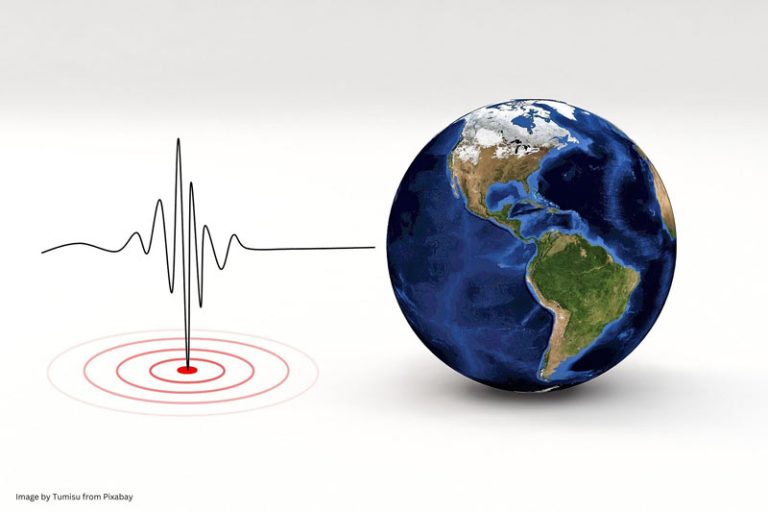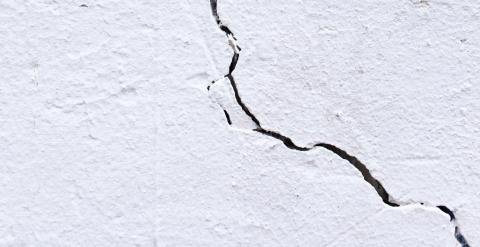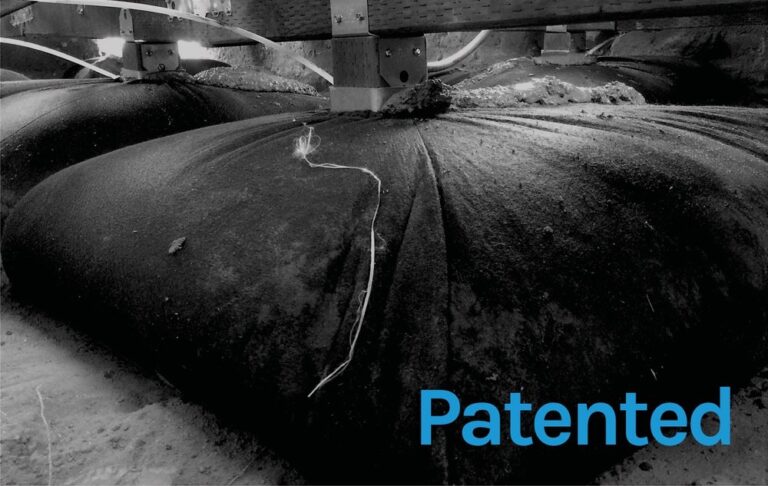Foundation Settling in California: Causes, Warning Signs, and Foundation Repair Options
Foundation settling is a common issue homeowners face, but it’s often misunderstood. In simplest terms, it refers to the gradual downward movement of a home’s base as the ground beneath it compresses, shifts, or weakens. Some movement is natural, but when it becomes uneven or excessive, it can create serious foundation issues that threaten your home’s stability.
Your foundation serves as the core support system that holds your entire house together. If it weakens or shifts, cracks, sloping floors, and other structural problems can appear. In California—where shifting soils, fluctuating weather, and frequent seismic activity collide—being able to recognize signs of foundation settling is essential for protecting your property and investment.
What Is Foundation Settling?
When a home is first built, contractors compact the soil beneath the foundation to provide stability. Over the years, however, that soil can erode, shift, or compress unevenly. Over time, this leads to the foundation slowly sinking deeper into the ground.
- Normal settling: A small amount of movement is expected during the first few years after construction. Minor cosmetic cracks are common and usually harmless.
- Problematic settling: When soil loses strength or shifts unevenly, the foundation may tilt, sink, or crack. This type of movement can result in spreading structural damage if not corrected.
In some cases, settling occurs so gradually it goes unnoticed for years. Other times—after droughts, heavy rains, or seismic activity—changes can appear much more quickly.
Main Causes of Foundation Settling in California
The leading factors behind foundation settling in Californiainclude:
1. Soil Conditions
Clay-heavy soil expands dramatically when it absorbs water and contracts when it dries out, putting relentless stress on a foundation. Loose or poorly compacted soil, on the other hand, shifts more easily, raising the risk of uneven settlement.
2. Water Drainage Issues
Excess water is one of the most destructive elements to a foundation’s stability. Poor grading, clogged gutters, or plumbing leaks can cause water to pool around your foundation, gradually weakening the soil beneath.
3. Subpar Construction Practices
If a home was built on soil that wasn’t compacted properly—or if shortcuts were taken during construction—it increases the likelihood of long-term foundation problems.
4. Seismic Activity
Even small earthquakes can disrupt underlying soil and cause the foundation to shift unexpectedly. In California, this is one of the most frequent triggers of sudden settling.
5. Extreme Weather Patterns
Drought causes soil to contract, while heavy rain saturates and softens it. This ongoing expansion and contraction accelerates foundation settling.
Warning Signs of Foundation Settling
Identifying issues early is the smartest way to avoid high repair costs. Typical red flags that point to foundation settling include:
- Cracks in walls, ceilings, or exterior siding
- Windows and doors that suddenly stick or refuse to shut properly
- Floor surfaces that tilt or drop more than an inch across a 10- to 15-foot span
- Gaps forming between ceilings and walls or around trim and moldings
- Visible separation between the foundation and exterior walls
- Chimneys, patios, or porches appearing to pull away from the main structure
One or two isolated symptoms may not indicate a major issue, but when several occur together, it’s a strong signal that your foundation needs professional evaluation.
When to Worry About Foundation Settling
Not every crack is cause for alarm, but certain developments should prompt immediate action:
- Expanding cracks that continue to widen
- Severe floor sloping that affects furniture placement or door operation
- Persistent water pooling near the foundation
- Shifts that appear suddenly after an earthquake or storm
If left untreated, foundation movement can lead to:
- Serious structural damage that compromises safety
- Mounting repair costs as problems escalate
- Reduced property value if left unresolved
A professional foundation inspection is the best way to confirm whether the issues you’re seeing are minor or in need of repair.
Foundation Repair Options
If a contractor determines that your home has foundation problems, the best solution depends on both the severity of the damage and the soil conditions beneath your property. Common approaches include:
Underpinning with Push Piers
Contractors install steel push piers or helical piers deep into solid ground layers to stabilize the structure. These supports transfer the home’s weight away from weak soil, halting settlement and often lifting the foundation closer to its original position.
Slab Jacking (Mudjacking)
The method works by pumping material beneath a sunken concrete slab to lift and support it back into place. While not suited for all situations, it’s often effective for smaller settling issues.
Drainage Solutions
Because water problems are a leading cause of settlement, many repairs include grading adjustments, extended downspouts, or the installation of French drains to redirect water away from the home.
Crawl Space Reinforcements
For homes with crawl spaces, specialized support systems can strengthen foundation beams and restore sagging floors.
Preventing Foundation Problems
While not all settling can be avoided, taking preventative steps can greatly reduce risks:
- Maintain proper yard grading to direct water away from the home
- Clean and inspect gutters regularly
- Keep large trees a safe distance from the foundation to avoid soil disruption from roots
- Watch for developing cracks, sloping floors, or sticking doors
- Schedule periodic foundation inspections in California, especially if you live in areas prone to seismic shifts or soil expansion
Foundation Repair Experts in Southern California
If you’re noticing signs of foundation issues, don’t wait until the damage becomes severe. At Sure Safe, we’ve been providing trusted foundation repair in Southern California for more than 35 years.
Our exclusive VR-1 Foundation System is specifically designed for crawl spaces and modular homes. The system is quick to install, self-leveling, and engineered for durable, long-term performance. For added peace of mind, every installation comes with a lifetime transferable warranty.
We also offer free consultations, where our team thoroughly inspects your property, explains your options, and recommends a solution tailored to your situation.
Final Thoughts
Foundation settling is a natural process, but when it becomes excessive or uneven, it can seriously compromise your home’s safety and value. By recognizing the causes, knowing the warning signs of foundation settling, and acting quickly with a professional foundation inspection, you can stop small issues from becoming costly disasters.
If you’ve noticed cracks, sloping floors, or sticking doors, now is the time to act. Contact Sure Safe today to schedule your free consultation and discover how expert foundation repair in California can restore stability and protect your investment.

